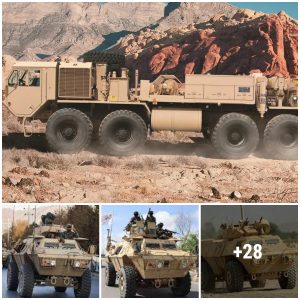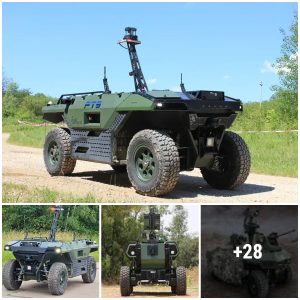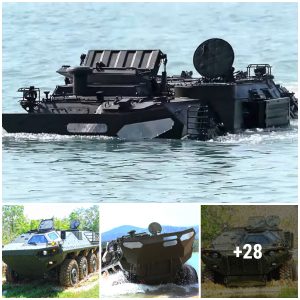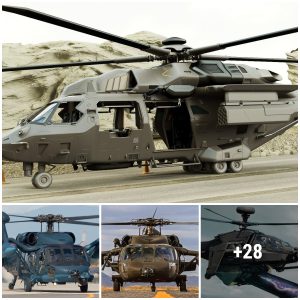Northrop Grumman Systems Corp., San Diego, California, is awarded a $542,926,499 contract. This modification provides for the production and delivery of MQ-4C Triton Unmanned Aircraft System Low-Rate Initial Production Lot Six, to include three unmanned aircraft (UA) for the Navy; one UA for the government of Australia; and one main operating base for the Navy, as well as associated support and related technical and administrative data. Work is expected to be completed in January 2028. Fiscal 2023 aircraft procurement (Navy) funds in the amount of $411,380,298; fiscal 2022 aircraft procurement (Navy) funds in the amount of $971,678; and Royal Australian Air Force cooperative funds in the amount of $40,000,000 will be obligated at the time of award, $971,678 of which will expire at the end of the current fiscal year. The. U.S. Naval Air Systems Command, Patuxent River, Maryland, is the contracting activity.
The Northrop Grumman MQ-4C Triton is an American high-altitude long endurance unmanned aerial vehicle (UAV) developed for and flown by the United States Navy as a surveillance aircraft. Together with its associated ground control station, it is an unmanned aircraft system (UAS). Developed under the Broad Area Maritime Surveillance (BAMS) program, the Triton is intended to provide real-time intelligence, surveillance and reconnaissance missions (ISR) over vast ocean and coastal regions, continuous maritime surveillance, conduct search and rescue missions, and to complement the Boeing P-8 Poseidon maritime patrol aircraft. Triton builds on elements of the RQ-4 Global Hawk; changes include reinforcements to the airframe and wing, de-icing systems, and lightning protection systems. These allow the aircraft to descend through cloud layers to gain a closer view of ships and other targets at sea. The sensor suites help track ships by gathering their speed, location, and classification.
The MQ-4C can remain aloft more than 30 hours at 55,000 ft (17,000 m) at speeds of up to 330 knots (380 mph; 610 km/h). Its surveillance sensor is the AN/ZPY-3 Multi-Function Active Sensor (MFAS) X-band AESA radar with a 360-degree field-of-regard, capable of surveying 2,700,000 sq mi (7,000,000 km2) of sea (as well as shoreline or land) in a 24-hour period, or 2,000 sq mi (5,200 km2) in a single sweep. Using the radar in inverse synthetic aperture mode, the MFAS can identify a target in all weather conditions. It can take high definition radar pictures, then use the advanced image and radar return recognition software of the onboard Automatic Identification System (AIS) to classify it without the intervention of aircraft operators. The Triton is semi-autonomous to conserve manpower, so operators only need to choose an operating area for the aircraft, and set speed, altitude, and objective rather than operating controls.
One thing the Triton was designed to do is rapidly descend to lower altitudes. It is built with a more robust lower fuselage to withstand hail, bird, and lightning strikes. It is equipped with anti-icing systems on its wings. At low altitude, the Triton would use its Raytheon MTS-B multi-spectral EO/IR sensor which is equipped with additional laser designator, pointer, and range finding abilities capable of automatically tracking what the MFAS detects. The optical suite can stream live video to ground forces. The Triton is equipped with a modular electronic support measures (ESM) suite, similar to the one used on the Lockheed EP-3, to passively detect and classify faint radar signals. It is able to triangulate and geo-locate these signals, allowing mission planners to create an enemy “electronic order of battle” profile, or keep the aircraft and others outside the range of enemy radars and air defenses.
The optical suite can stream live video to ground forces. The Triton is equipped with a modular electronic support measures (ESM) suite, similar to the one used on the Lockheed EP-3, to passively detect and classify faint radar signals. It is able to triangulate and geo-locate these signals, allowing mission planners to create an enemy “electronic order of battle” profile, or keep the aircraft and others outside the range of enemy radars and air defenses.





